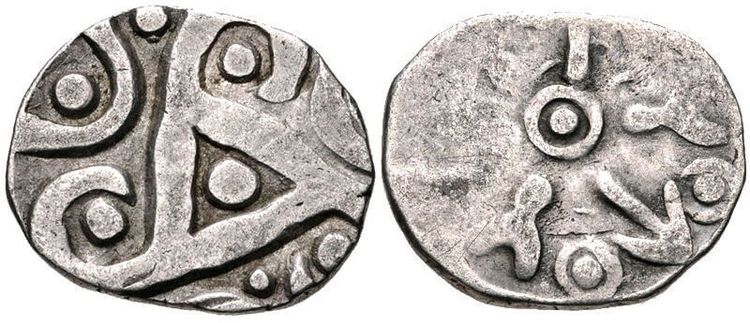For smooth Ad free experience
For smooth Ad free experience
Numismatics is the word given to the study of coins. However, the history of coinage is very different from the study of coins. Coins are something that have seen a lot of variations in not just one but many different ways.

All about Numismatics
The time responsible for India to witness coinage was the 6th century BC. That is when the concept of ‘coins’ was introduced in the country. Before this new introduction, the country worked with the exchange of cowry shells and later, with the concept of a barter system. However, the entrance of coins solved the problems that were faced in the previous system of barter as well as gave a start to the currency of India being ‘Rupee’.
As precious metals were identified long before, the same were used as the raw material to make the coins. In the initial stage, it was copper and silver amongst the other metals of which the coins were made. The idea of currency being made from metals was related to the Indus Valley civilization. It was in the towns of that civilisation that seals made out of metals were excavated, which further were assumed to somehow be used as currency. The use of those seals is still to be deciphered as the language and scriptures of the Indus Valley Civilisation have not yet been fully understood.
The earliest form of coins that the country saw were made of silver with symbols punch-marked on them. As time moved forward, the material that the coins were made of changed to different metals with different symbols.
Coins, by this time, were punch-marked, with symbols of kings, animals, gods, goddesses as well as religious symbols. The symbols that were punch-marked and inscribed on the coins often represented the status and economy of a city, town or perhaps the ruling king of that area. Not only that but those symbols also represented or showcased the cultural, economical, agricultural or architectural status of the ruler or the ruling dynasty.
Besides the symbols imprinted on them, the coins could be classified into four categories. The names of those categories were as absurd as they could be. These categories were the types of coins there were in the initial stage of coinage. Taxila-Gandhara, Kosala, Avanti and Magadhan were the four types of coin categories.
As the time passed, and India saw its rulers get changed, the same happened with the coins as well. As each ruler came, ruled and passed over, they had their own form and set of coins that were introduced with different symbols and different shapes. This is how India saw a lot of coins made of different materials with different symbols that represented the power and showed the status of the ruler at that time.
It was after India got its independence that a proper and definitive system of coins as well as currency was introduced. The government was given the upper hand in producing the coins. The circular metals were decided to be distributed by the help of the Reserve Bank of India however, the production was in the hands of the government only.
Coinage has seen it’s own ups and downs. It has made the country see changes as per the wants of the rulers and the dynasties as well as the economy and other statuses. Starting from scratch, moving up and down the ladder of development and then maintaining a level of the coins, this is what coinage has been about.
0
You might be interested in reading more from
